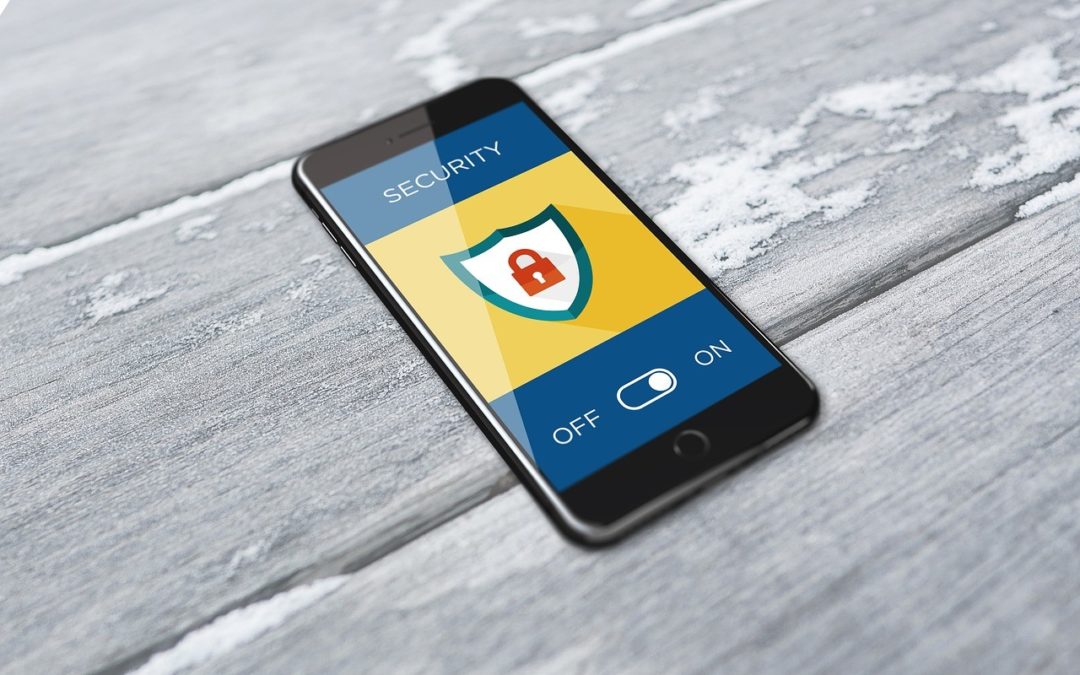Cybersecurity – In today’s digital world, business owners need to worry about more than locking up their stores after business hours. As Small Biz Trends reports, 43 percent of cyber attacks are on small businesses. But how can you defend against data breaches or fraud when running a business?
What Puts Your Business at Risk with Cybersecurity?
Unfortunately, there are many ways your data is at risk. For example, a disgruntled former employee may know your online passwords plus details about how the business operates. In other cases, it’s someone you don’t know who poses the biggest threat.
Often, online scammers send out mass campaigns, and one click can take your computer and website down. A hacker might have both software and expertise when it comes to breaking down basic protections.
How to Recover from Fraud and Data Breaches
For a small business, it can be costly to recover from a data breach. Globally, the average data breach costs a company $3.92 million, Fox Business highlights. The cost per lost record rests at $150—which can add up even for small businesses.
Apart from paying reparations to customers, what can you do to recover from a breach? According to TechInsurance, the first step is investigating the breach. You need to know how far the damage goes, what data is at risk, and who is affected. Depending on the scope of the issue, you might be required by law to report the incident to a consumer protection agency.
Notifying customers is another must—and your company will likely need to pay to provide credit monitoring and identity theft services. Of course, many consumers stop trusting a company post-data breach, which is why preventative measures are so critical.
In some cases, you may need to hire an expert with your Cybersecurity needs. If your company has no digital disaster plan, dealing with a phishing attack or other email scam is beyond the scope of your hourly employees’ duties. Without an in-house IT team, you will need to hire freelance programmer specialists who can help you to secure your system.
How to Avoid Scams and Prevent Fraud
The first step in preventing future scams is to know who you’re working with. When it comes to the programs and services you depend on, vet them thoroughly before handing over secure information. Beyond those basics, however, there are steps you can take to avoid your business being the victim of a scam.
Always Be Suspicious When in Your Inbox
Any time you receive an email from a known or unknown contact, and it contains links, be wary of scams. Unknown senders may hide their email addresses, pretending to be a brand you may know and trust. But reading through the email is often your first indicator that a phishing scam is at hand. Even known senders can be victims of hacking schemes, so it’s paramount that you recognize the signs of a phishing scheme and avoid taking the bait.
Use the Right Protection
Antivirus software is the first step in protecting your company’s online data—and that of your customers. Blocking viruses is one way to protect your system, and even a hacker has trouble getting through a firewall.
Regularly updating that software is also crucial. Outdated equipment means more bugs and less protection against cyber threats. Plus, the longer software goes without improvements, the higher the odds a hacker will figure out how to bypass it.
Another simple means of protecting your data is using password protection, McAfee notes. You and your employees should use strong passwords for all logins, but especially financial systems and payment processing hardware.
The Federal Communications Commission also recommends security measures such as training employees in cybersecurity principles, having an action plan in case of a breach, backing up business data, securing Wi-Fi connections, and limiting your employees’ access to customer details.
The U.S. Small Business Administration adds that protecting your webpages is another vital element of cybersecurity. All public-facing pages should be secure, not only payment processing and online cart functions.
Being cautious and taking preventative steps to avoid fraud can help protect your business investment and your customers’ livelihoods. While data breaches are a significant risk in the modern marketplace, these guidelines can help you minimize loss and move forward. I hope you have enjoyed our blog on Cybersecurity. Please leave us a comment with your thoughts.
Feel free to contact me if you have any questions.
Photo via Pixabay




